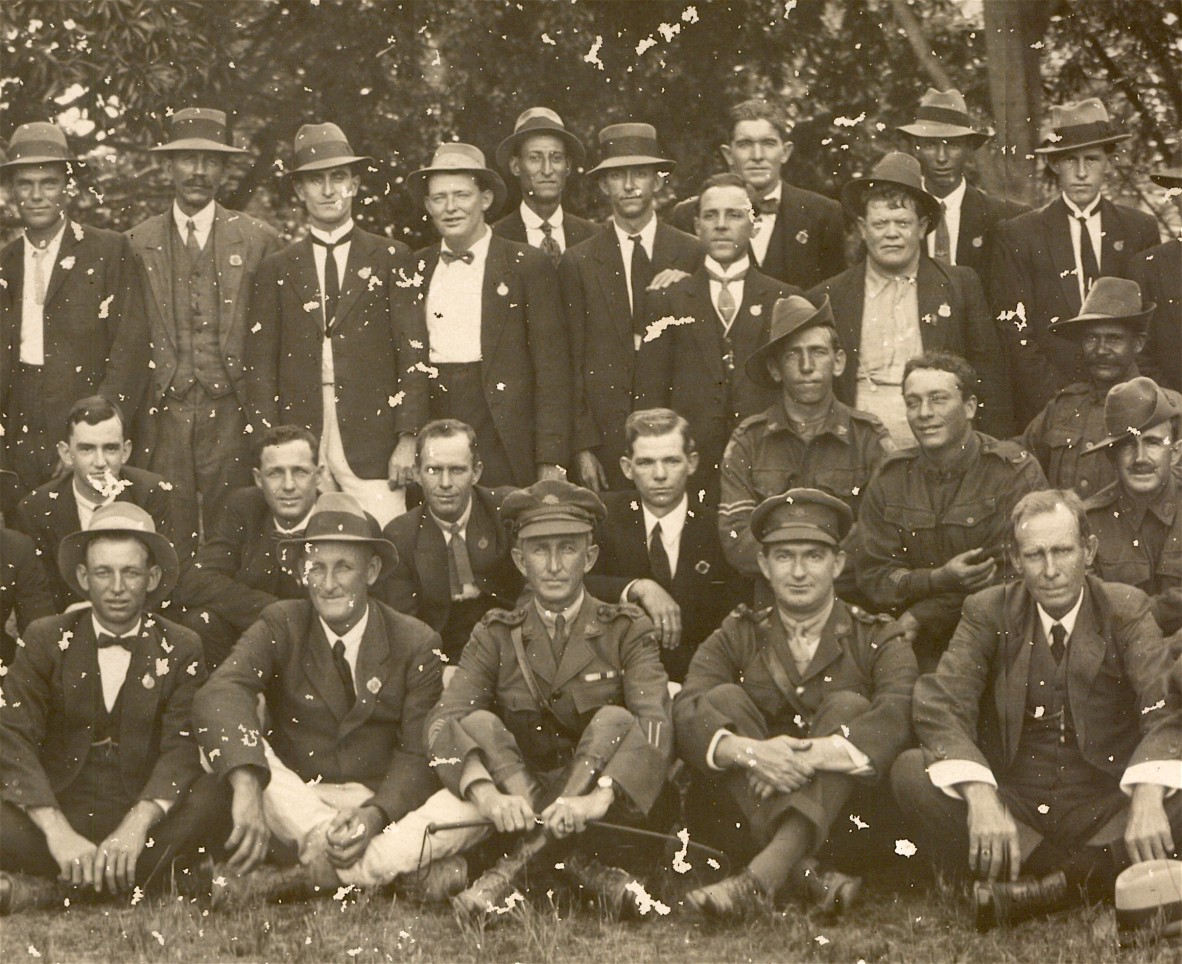Many men were unable to serve in the First World War for medical reasons.
By guest blogger Michael Brumby, Charters Towers Archives.
The Charters Towers Volunteers Register provides a rare insight into those men who wanted to sign up for war service but were rejected on medical grounds.
Of the 1660 men who were examined at Charters Towers by the local medical officer Dr Fearnley during 1915-1916, 377 (23%) were deemed unsuitable for military service.
On what grounds?
Initially, strict height and chest measurement standards together with strict eye and dental fitness standards favoured more able bodied men. Hence the clear majority passed, with only six being rejected because they were not tall enough.
The strictness of initial standards is more manifest and more compelling in the case of the 61 who were rejected because their chests were below standard, their eyesight poor (40) and/or their teeth were in poor condition (24).
Still there were other medical conditions Dr Fearnley would not allow. This included defects, deformities, old fractures etc. to feet (15) and/or limbs (15); hernia (23), lungs and breathing difficulties (8) and heart conditions (7).
Most puzzling is that the greatest number of men - 79 in total who were rejected because of testicular disorders - variocele, hydrocele or orchitis.
Dr Fearnley’s examinations encapsulates a town comprising a broad spectrum of men ranging from an earnestness to fight regardless of their mother’s consent, age, a missing eye, an atrophied leg or mental deficiency through to a subversion of their willingness. Local photographer and committee member of the Pigeon Shooting Club was rejected because of poor eyesight.
Some were known to circumvent Fearnley’s assessment by presenting themselves at other centres where they passed. Or else they waited for standards to be relaxed. For example, Thomas Dugald Wood, of slight build and height, finally passed after his fifth attempt in May 1916.
Rejected volunteers formed themselves into an Association at a meeting in the Charters Towers Soldiers Rest Rooms on 23 June 1918, some months before a branch was established in Brisbane. Rejected Volunteers' Associations first commenced in Sydney in June 1916 with 2,400 members joining throughout NSW by September 1918.
Fifteen men were in attendance that night in Charters Towers which resolved to form an Association and be affiliated with the Returned Soldiers’ Association. J. M. Lloyd was elected president, John J. K. Maguire vice-president and Claude Alexander Fardon secretary/treasurer. E Deighton, R Roberts, Valentine A Chick and Ralph Nunn comprised the committee. Nunn had been rejected three times with the grounds for rejection for all of the above ranging from variocele, hydrocele to hernia.

This photograph was taken in Lissner Park, Charters Towers on 25 April 1920. It denotes some of the rejected men wearing badges sitting in close company with veterans of the First World War.
This image was provided by Charters Towers Archives.
Recorded in the minutes 23 June, 1918 - “Use of the rooms, combination of two associations promises to be a huge success. Badges were to be issued to obviate unpleasant situations and very necessary explanations which beset an apparently fit man.”
The Rejected Volunteers marched as a group in Anzac Day Processions in 1919 and 1920. Read more on Charters Towers and WWI.
Comments
Your email address will not be published.
We welcome relevant, respectful comments.